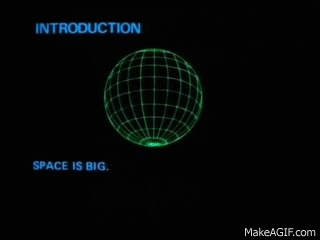The Fermi Paradox: A 10 Step Guide To Finding Aliens
9. The Size Of Space

The first thing the Fermi Paradox takes into consideration is that Space Is Big.
A conservative estimate for the number of stars in the Milky Way is anywhere between 100 and 400 billion. There are roughly a similar number of galaxies in the observable universe, meaning that we multiply that value by a further 100 to 400 billion, giving us a total of between 1022 and 1024 (that's 10,000,000,000,000,000,000,000 -1,000,000,000,000,000,000,000,000, number fans) total stars in the observable universe.
This, incase you hadn't noticed, is a lot.
Fermi's argument was that, given the sheer number of stars in the galaxy, let alone the observable universe, the chances that life only formed on one of them seems pretty remote.
Notice, however, the use of the word "seems" - a word about as scientific as "I reckon" in this context - meaning that merely stating the huge size of the universe is not an argument in itself for the existence of extraterrestrial life. It could well turn out that the probability of life forming in the universe is actually 1024 to 1, meaning that we are, in fact, alone.
In order to give any meaning to these numbers, we have to figure out the probability of life forming first.